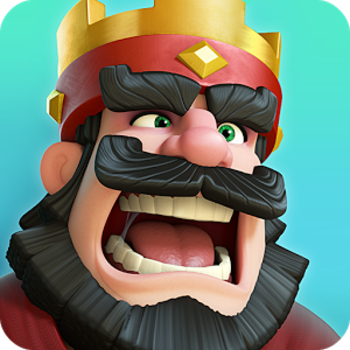Question #4697e
1 Answer
(Note that my pictures are hugely off scale)
Explanation:
This may be one of the problems that requires some thinking before trying.
Let's label what we know. Here, I have created a picture in Paint.
We are trying to solve for
Hmm. Let's try to label the angles.
We know that the angles
Let's name angle
We now have:
Using the fact that the angles of a triangle always add up to 180 degrees, we can figure out angle
=>
=>
We now have:
Similarly, we can figure out the missing angles for triangles
The missing angle for triangle
=>
=>
=>
Similarly, the missing angle for triangle
=>
=>
We label these angles to get the following:
We see that the triangles
Basically, we have separated our original triangle to two pieces:
We can now write a proportion. (The ratio of a pair of corresponding sides are equal to other pairs)
We have:
We can now solve for
=>
=>
=>

